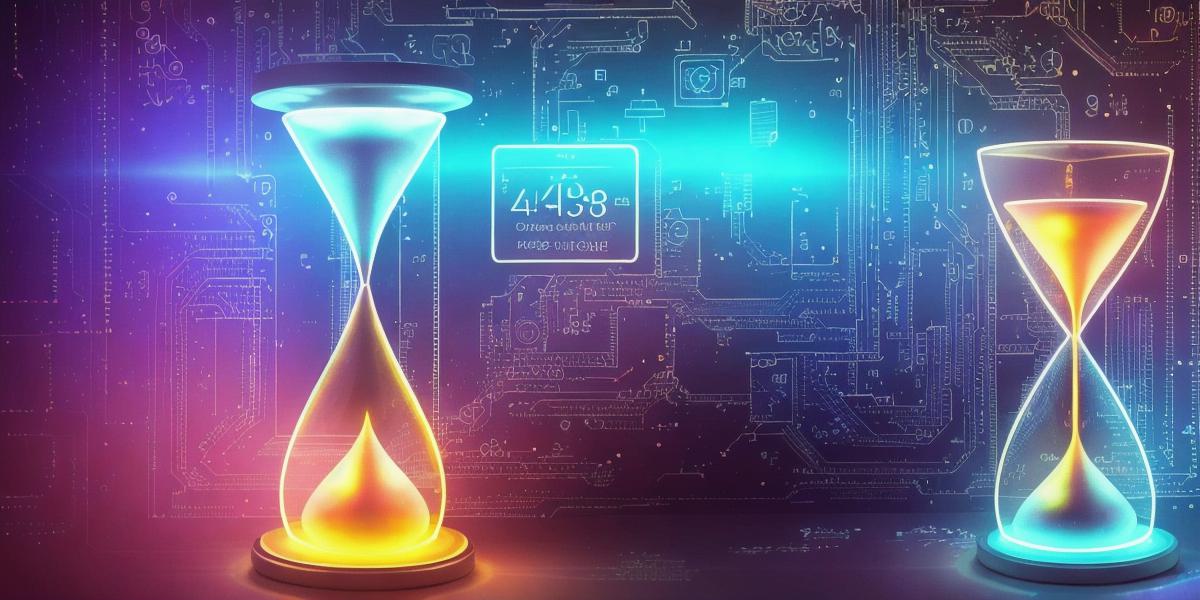Are you a simulated reality developer looking to create immersive experiences for your users? One of the most important aspects of creating a simulated environment is understanding how time works within it. In this article, we’ll explore what simulated time means and how it affects the user experience.
Simulated time refers to the artificial representation of time in a virtual or augmented reality environment. Unlike real-time, which is measured by the passage of seconds in the physical world, simulated time can be manipulated to create different effects. For example, in a video game, time may move slower or faster depending on the player’s actions or the game’s objectives.
The manipulation of simulated time has been shown to have a significant impact on user experience. Research has shown that users are more immersed in a virtual environment when time is manipulated to match their expectations. For example, if a user is expected to complete a task within a certain amount of time, they will feel more motivated and engaged if that timeframe is accurately represented in the virtual environment.
One of the most well-known examples of simulated time is found in virtual reality training simulations for pilots and astronauts. These simulations require users to complete tasks within a specific timeframe in order to successfully complete the mission. By accurately representing the passage of time, these simulations provide a more realistic and effective learning experience.
Another example of simulated time can be seen in educational games that teach children about history or science. In these games, users may be required to complete tasks within a specific timeframe in order to progress through the game. By accurately representing historical events or scientific concepts, these games provide an engaging and immersive learning experience for children.
While simulated time can enhance user experience, it’s important to note that it should not replace real-time entirely. In some cases, real-time may be necessary to create a sense of urgency or to ensure that users are making timely decisions. It’s important to carefully consider how simulated time will be used in your virtual environment and to test it thoroughly with your target audience.
In conclusion, simulated time is an important aspect of creating immersive experiences in virtual and augmented reality environments. By understanding how it works and how it affects user experience, simulated reality developers can create more engaging and effective simulations that users will love.
